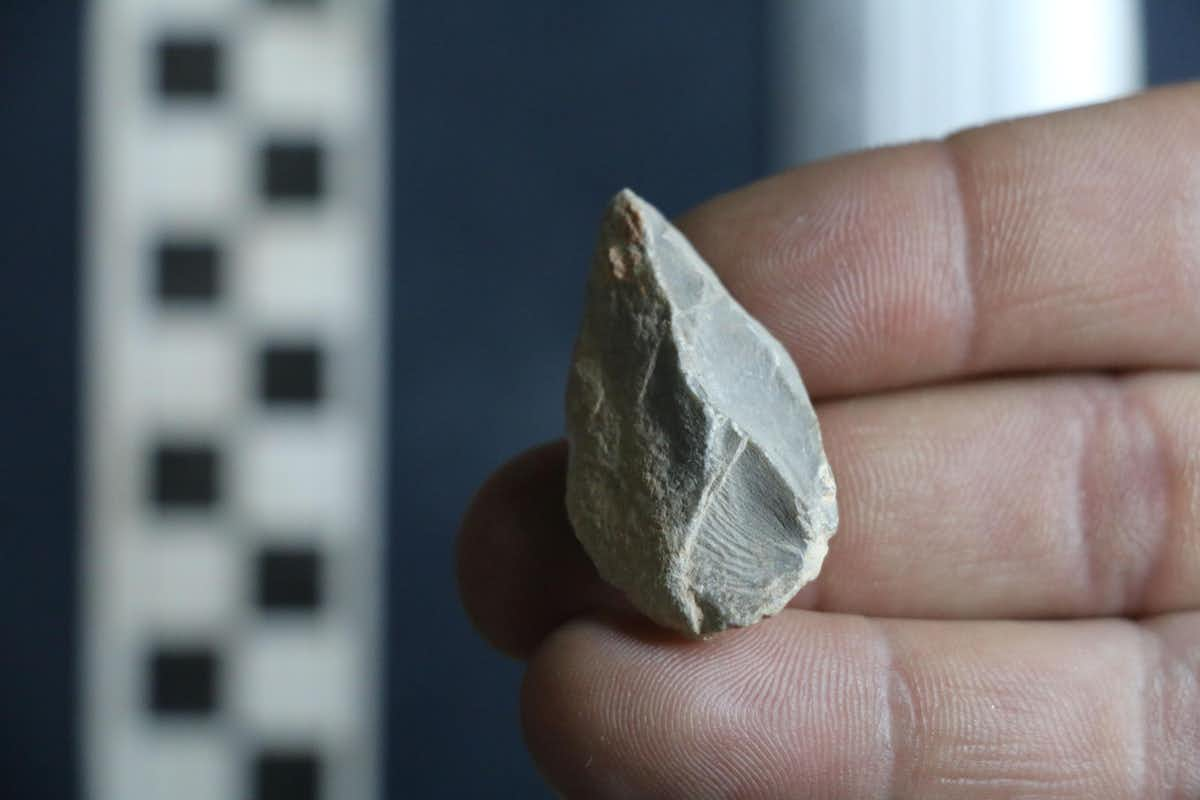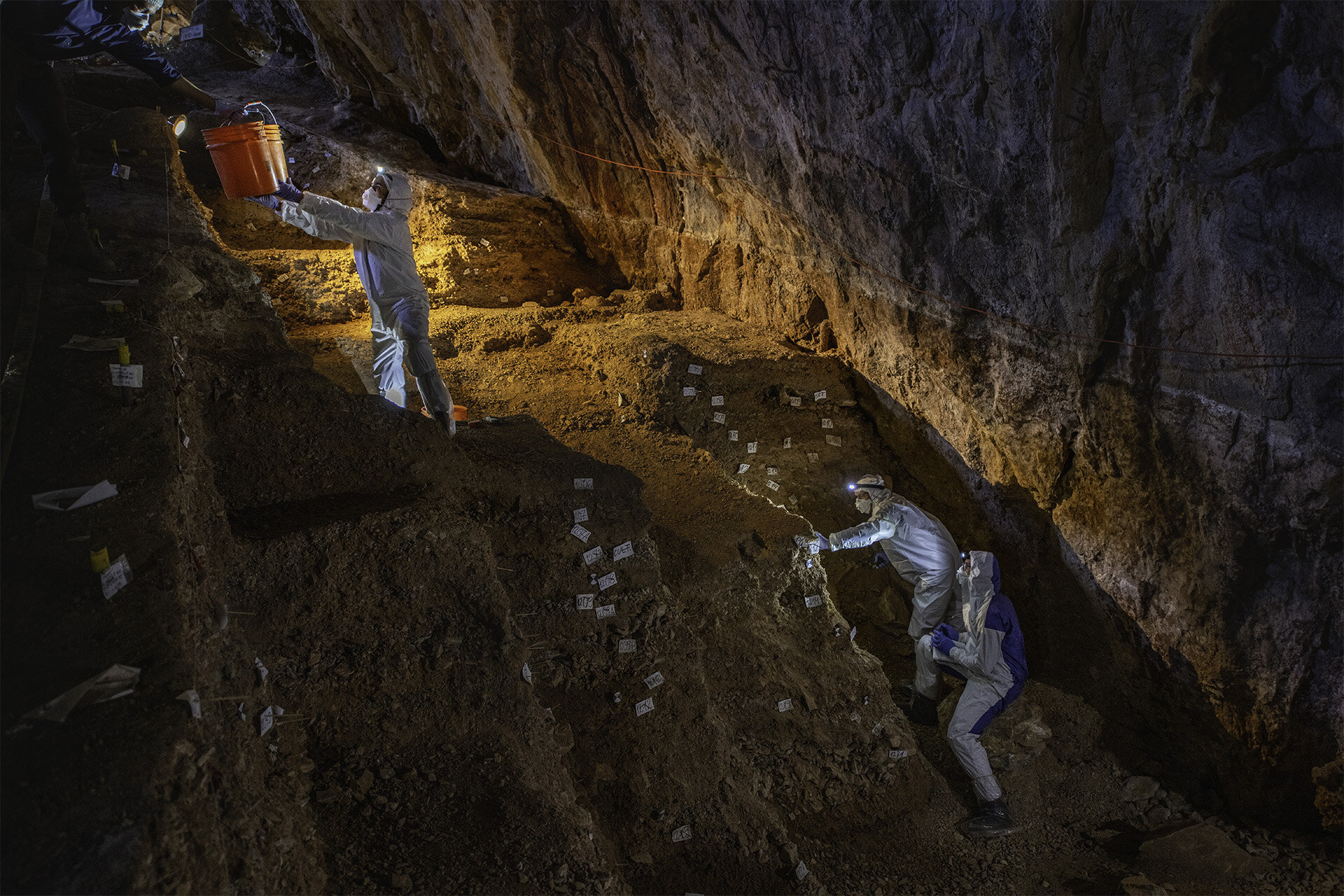
The lack of clues left behind by ancient Americans has made it difficult for researchers to pinpoint precisely when humans first arrived on the continent. However, it has always been believed to be about 13,000 years ago, just as the world was thawing from the last ice age. Now, evidence from the Chiquihuite Cave in Zacatecas, Central Mexico, seems to suggest that prehistoric humans may have been living in North America as early as 30,000 years ago.
Dr. Ciprian Ardelean, of the Autonomous University of Zacatecas who led the groundbreaking research, first became aware of the cave in May 2010. Locals suggested it as a likely place to find clues about ancient hunter-gatherers that the then-Ph.D. student was seeking. Getting to the cave, which was located 2,750 meters (9.022 feet) above sea level, required a 45-minute truck ride to the base and an uphill scramble over a rough terrain of jagged boulders. However, Dr. Ardelean and his team found enough clues to make the arduous journey three additional times — in 2012, 2016, and 2017.
The archeologists' efforts yielded many artifacts, including over 1,900 stone tools from multiple layers of the cave. The scientists, who used radiocarbon dating and optically stimulated luminescence (OSL) — which assesses when the artifacts had last been exposed to sunlight — to determine their ages, found that most of the tools were between 16,000 and 13,000 years old. However, 239 artifacts unearthed from the cave's deepest layer dated back an astounding 30,000 years!
"We discovered flake stone tools in a long succession of layered deposits that cover a long occupation span ranging from 31,000 years ago to 12,500 years ago," Dr. Ardelean told CNN. "Indicators of constant visits to the cave from an ancient human group for an extremely long period of time, starting way before the commonly accepted human dispersal into the Americas."

While the genetic material in the cave yielded only plant and animal DNA, the team did find evidence of sulfur, potassium, and zinc elements that could indicate human activities such as killing animals or peeing. The researchers say the absence of human DNA confirms their theory that the early people visited the cave for short periods of time.
Professor Eske Willerslev, of St John's College, University of Cambridge, who co-wrote the study, says, "For decades people have passionately debated when the first humans entered the Americas. Chiquihuite Cave will create a lot more debate as it is the first site that dates the arrival of people to the continent to around 30,000 years ago—15,000 years earlier than previously thought. These early visitors didn't occupy the cave continuously, we think people spent part of the year there using it as a winter or summer shelter, or as a base to hunt during migration. This could be the Americas' oldest ever hotel."
The researchers, who published their findings in the journal Nature on July 22, 2020, are not sure of the ancient humans' origins or the path they took to get to America. They speculate the groups were nomads who moved from place to place and went extinct at some point during their migrations. Dr. Ardelean says, "We don't know who they were, where they came from or where they went. They are a complete enigma. We falsely assume that the indigenous populations in the Americas today are direct descendants from the earliest Americans, but now we do not think that is the case."

But not everyone is sure that the evidence found by Ardelean's team points to the presence of early humans. Archeologist Loren Davis, from Oregon State University, is not sure the artifacts recovered are tools. The researcher says, "If it is true people were in Zacatecas by 32,000 years ago, that changes everything—it more than doubles the time people have been in the Americas. I'm not going to say it's impossible, but if all they found are fractured rocks without any corroborating evidence, it's natural to be skeptical."
David Meltzer, an archaeologist at Southern Methodist University in Dallas, voiced similar doubts. "With modern humans, one expects to see evidence of technological and cultural change over such a long span of time, especially given the changes in the climate and environment they've detected in the ancient DNA," Meltzer wrote in an email to The Scientist. "So why is it unchanged, and apparently localized to just this spot? With a stone tool tradition that long-lasting, one expects it would have been far more widespread in the region, raising the question of why that technology hasn't been spotted elsewhere in the region."
However, Dr. Ardelean firmly believes humans carefully sculpted the stone artifacts. "You can also see repeated blows on the same spot from different angles when it was harder for them to separate the flakes and they are trying again and again," he told Live Science. The scientist, who is convinced they will find signs of ancient humans closer to the cave's collapsed entrance, says, "This is not a hit-and-run discovery. There's more evidence coming."
Resources: www.sciencemag.org, Phys.org
